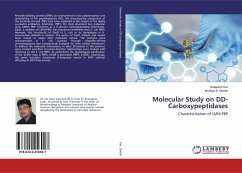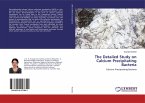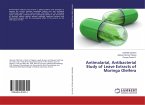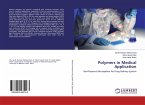Penicillin-binding proteins (PBPs) are instrumental in the polymerization and remodelling of the peptidoglycans (PG), the stress-bearing component of the bacterial cell wall. PBPs have been exploited as the targets of the highly successful antibiotics, ¿-lactams. PBP5, the most abundant low molecular mass (LMM) PBP, functions as a D-alanine carboxypeptidase (DD-CPase). DacD, a member of LMM-PBPs, has sequences similarities with E. coli PBP5. However, the function(s) of DacD in E. coli or its homologue in K. pneumoniae (KDacD) is unclear. The genes of DacD, KDacD and AmpH were cloned to assess their molecular nature. The proteins were overexpressed in E. coli, purified through ampicillin-affinity chromatography and subsequently analyzed for their kinetic behaviours. To address the molecular interactions, in silico 3D-models of the proteins were created and their structure-function relationships were studied with reference to the E. coli PBP5. To understand the physiological significance of the ¿¿-like¿ loop in PBP5, A184E is generated (PBP5_A184E). Surprisingly, the point mutation introduces ¿-lactamase nature in PBP5 without affecting its DD-CPase activity.
Hinweis: Dieser Artikel kann nur an eine deutsche Lieferadresse ausgeliefert werden.
Hinweis: Dieser Artikel kann nur an eine deutsche Lieferadresse ausgeliefert werden.








